How To Get Rid Of Acne.
Apr 17, 2019 • 48 views
Acne can be classified into two sub-types –
Non-Inflammatory and Inflammatory-
Whiteheads and blackheads usually fall under the non inflammatory subtype, while papules, pustules, nodules, and cysts are the inflammatory types of acne.
Among these types, it is inflammatory acne that tends to leave behind scars and marks.
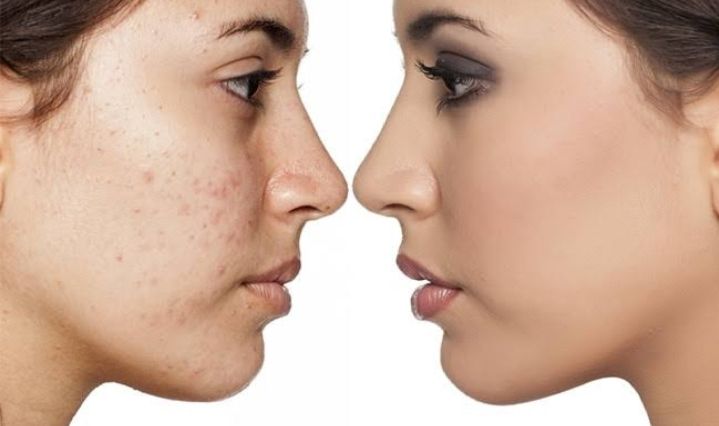
Inflamed acne blemishes occur when your pores become engorged as a result of excess oil, dead cells, and bacteria clogging them. This leads to the swelling of the pores, which causes the follicle walls to expand and break.
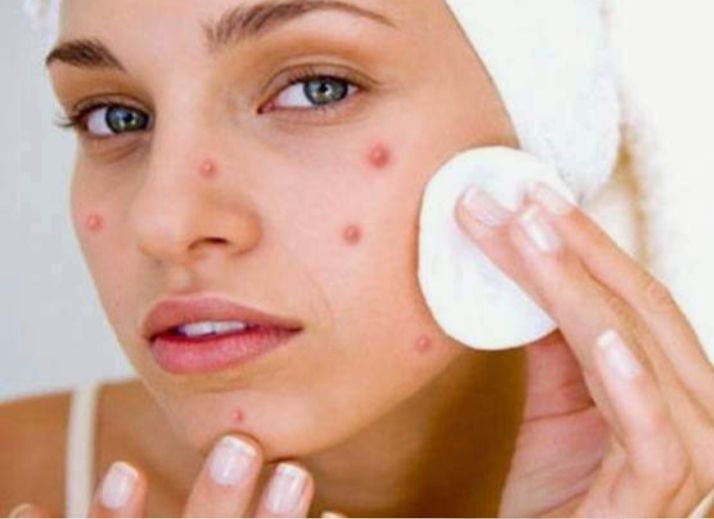
If this rupture occurs close to the surface of your skin, the resulting acne lesion is usually minor and heals quickly. However, if the break on the follicle is deep, the lesion will be more severe, and the infected material may leak out into the dermis, destroying healthy skin tissues.
Acne scars are further divided into types-
The most common types of acne scars are:
• Ice-Pick Scars: Narrow, deep, and pitted scars
• Rolling Scars: Broad, depressed scars with slanting edges
• Boxcar Scars: Broad scars with sharp edges
• Atrophic Scars: Flat, thin, and depressed scars
• Hypertrophic Scars: Lumpy and thick scars.

Methods you can use at home to cure acne.
1. Aloe Vera-
Fresh aloe vera gel is a vital source of vitamins which can help to heal skin and fade scars. Aloe vera is gentle, so you won’t have to worry about further damaging or irritating skin. Also, because aloe vera is a good natural moisturizer, it will leave your skin looking and feeling softer and healthier.
While aloe vera gel may be found in any drug store, pharmacy or online, fresh organic aloe is best. Potted aloe plants are easy to find and require almost no maintenance to grow even without the use of chemical fertilizers or pesticides.
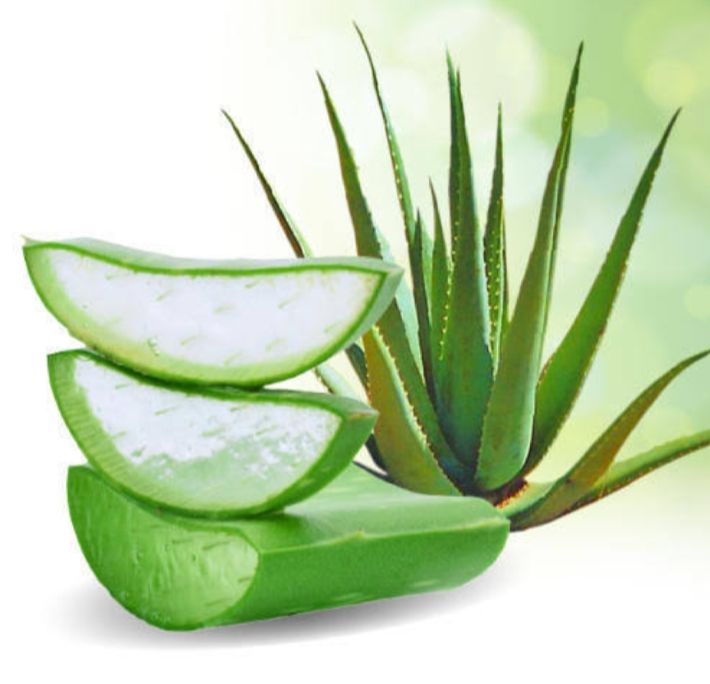
2. Coconut Oil-
Coconut oil is a natural moisturizers with healing properties. Scoop about a quarter of a teaspoon of organic virgin coconut oil into the palm of your hand and let it melt as it comes up to body temperature. With your fingertips, massage oil directly onto scarred skin and let it soak in. There is no need to wash coconut oil away as the vitamins and essential fatty acids will continue to work and improve skin health as long as you wear it.
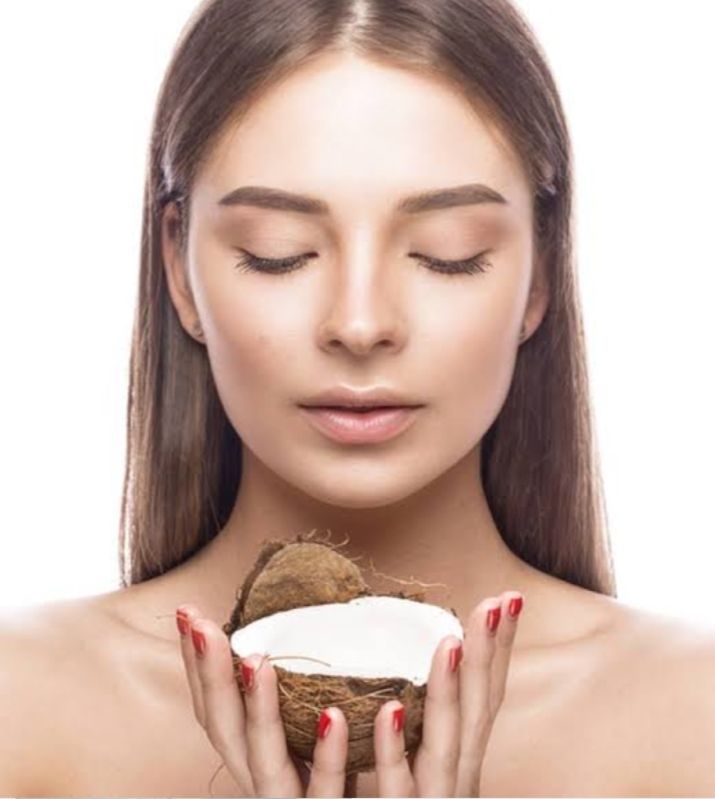
3. Cucumber-
Cucumbers are a popular ingredient in facial treatments for good reason. This vegetable is not only super hydrating, but it also contains vitamin A, vitamin C, and magnesium – all of which are great for your skin. To use this treatment for healing acne scars just pick up an organic cucumber from your local market, cut off a few thin slices, and lay them over your scarred skin. After about thirty minutes, discard the cucumber slices and rinse your face with cool water. Repeat daily as desired.
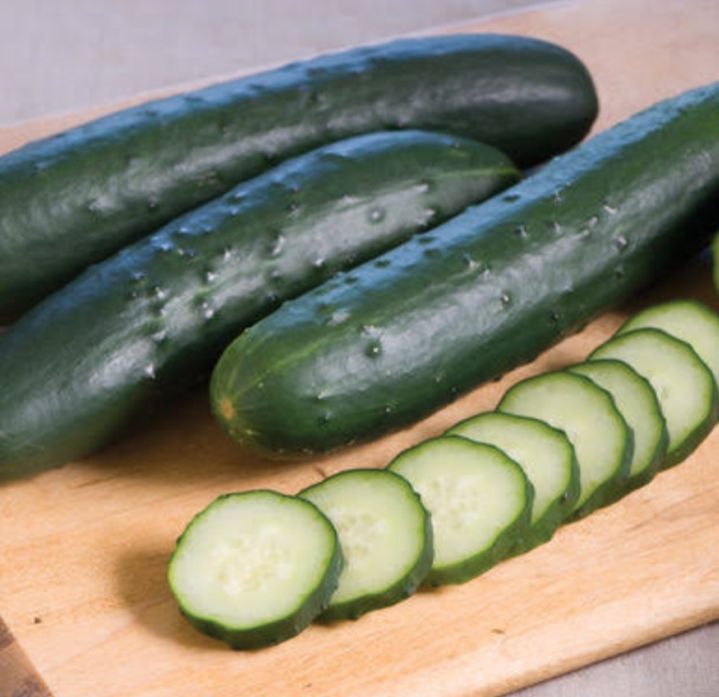
4. Honey-
Another natural moisturizer which can help heal scars is honey. It is best to use raw honey, not the processed kind found on the shelves of most chain grocery stores. To obtain the best quality, try your local market. Once you’ve gotten the nice stuff, simply massage a small amount of honey over your scars and let this wonder of nature work its magic. You can also mix about a teaspoon of ground cinnamon per two tablespoons of honey for added pore-cleansing power. Use this treatment as often and for as long as you like.

